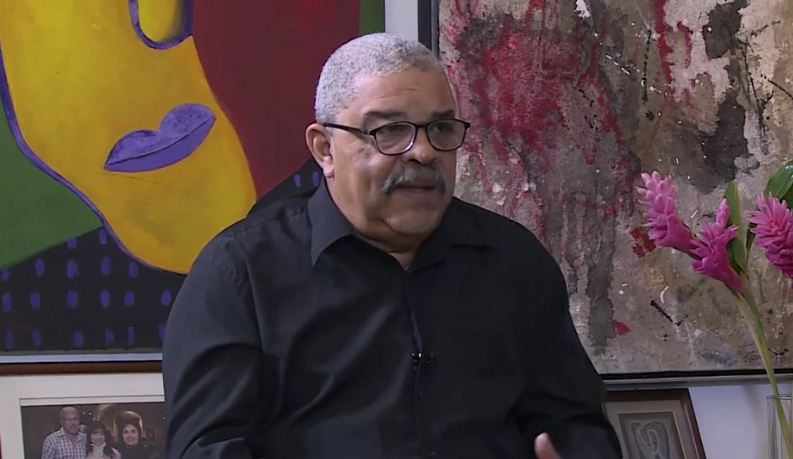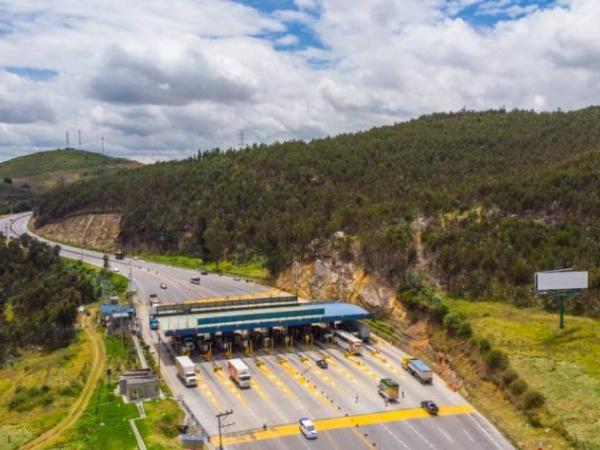HAVANA, Cuba.- When the Cuban rulers admitted that, despite their recurrent discourse in the sense of having eliminated racism in the country, certain situations of exclusion due to skin color still manifested themselves, they entrusted their intellectuals organic the creation of certain mechanisms that, at least in theory, would mitigate such a state of affairs.
In this context, and after the celebration of the VII Congress of the ruling Communist Party of Cuba in 2016, the Union of Writers and Artists of Cuba (UNEAC) created the José Antonio Aponte Commission, with the aim of fighting against manifestations of racism in the country.
The name of the Commission honors that freed black man who at the beginning of the 19th century organized an anti-slavery uprising and was finally executed by the Spanish colonial authorities. As a warning, his head was publicly exhibited in the Havana site where Carlos III avenue and Belascoaín road converge.
These days, on the 210th anniversary of Aponte’s execution, the first stone of what will be the first monument to be built on the island in memory of the anti-slavery fighter was symbolically placed. A monument in which the Santiago artist Alberto Lescay Merencio, National Prize for Plastic Arts, is already working, and which will be located north of the western province of Mayabeque.
Also as part of the tributes to Aponte, the newspaper Granma published an article by journalist Pedro de la Hoz in which praise abounds for Fidel Castro and Miguel Díaz-Canel, considered by the author to be champions in the fight against racial discrimination in the country. The youngest of power is currently heading the so-called National Program against Racism and Racial Discrimination.
While all this was happening, the assemblies of the Communist Party were taking place in all the provinces of the country in which the work carried out by that organization during the past 2021 was analyzed. In these conclaves, eight provincial leaders of the Party were ratified in their positions, at the same time seven others were replaced.
But, what was significant about these substitutions was the dismissal of the only two blacks who held that responsibility. They are Yanina de la Nuez Aclich, who held the party leadership in the province of Mayabeque, and Carlos Luis Garrido Pérez, who served as the first secretary of the Party in Ciego de Ávila.
In this way, Castroism whitewashed the provincial leadership of the Party. Now there are only two mestizos left: Federico Hernández in Camaguey, and Rafael Pérez in Guantánamo. The remaining thirteen are white.
And what has the opinion of the “combative” journalist Pedro de la Hoz —who also chairs the UNEAC Aponte Commission— about these latest movements of cadres within the Castro nomenclature”? Well, of course, absolutely nothing.
Nor has the pompous Commission expressed itself on the controversial statue that stands in the capital’s Vedado in honor of General José Miguel Gómez, the only president of the republican stage to whom Castroism has respected a public effigy.
It is true that General Gómez, regardless of his performance at the head of the Republic, accumulated great military merits that make him worthy of honors. However, the murder during his government of more than three thousand blacks and mulattoes who were grouped around the Party of Colored Independents has always aroused the animosity of a large part of the blacks and mestizos who live in Cuba.
Mr. de la Hoz will say that he and his Commission defend blacks and mestizos as long as that defense does not contradict the actions and decisions of the governing leadership. He does not touch Castroism or bother him, not even with the petal of a flower.
OPINION ARTICLE
The opinions expressed in this article are the sole responsibility of the issuer and do not necessarily represent the opinion of CubaNet.
Receive information from CubaNet on your cell phone through WhatsApp. Send us a message with the word “CUBA” on the phone +1 (786) 316-2072, You can also subscribe to our electronic newsletter by giving click here.






